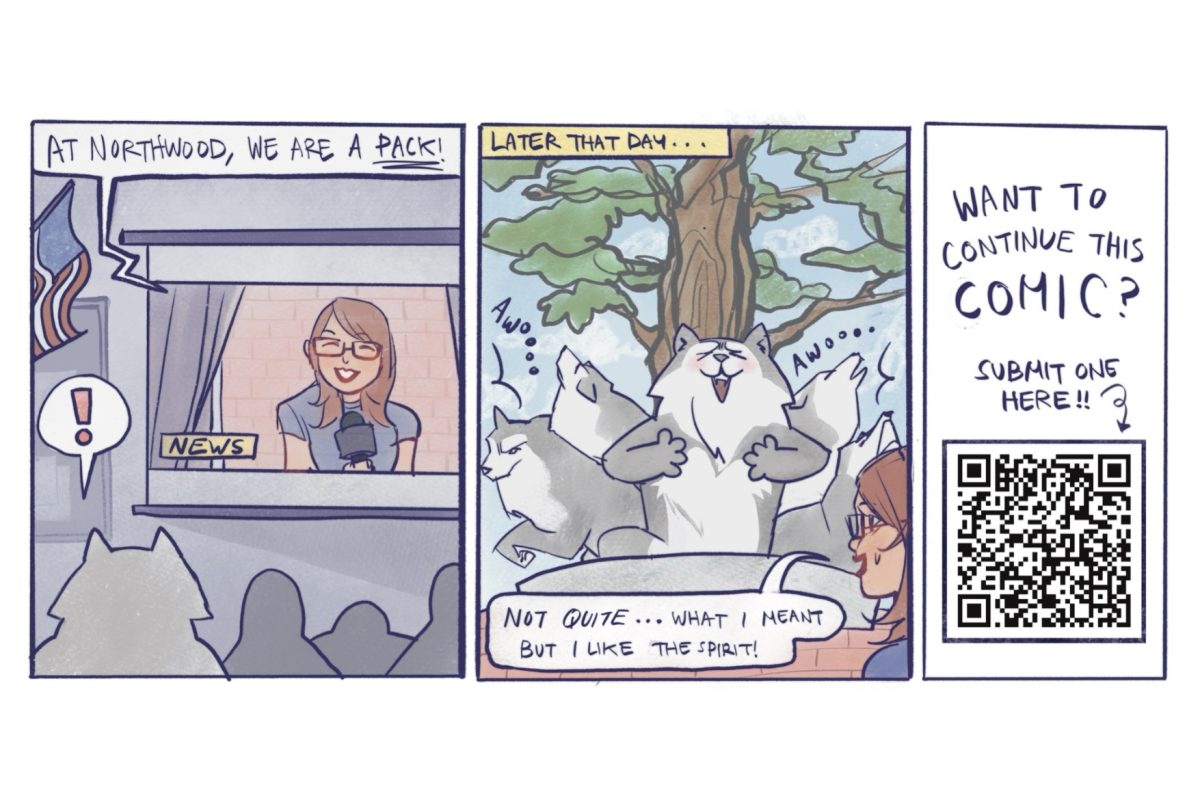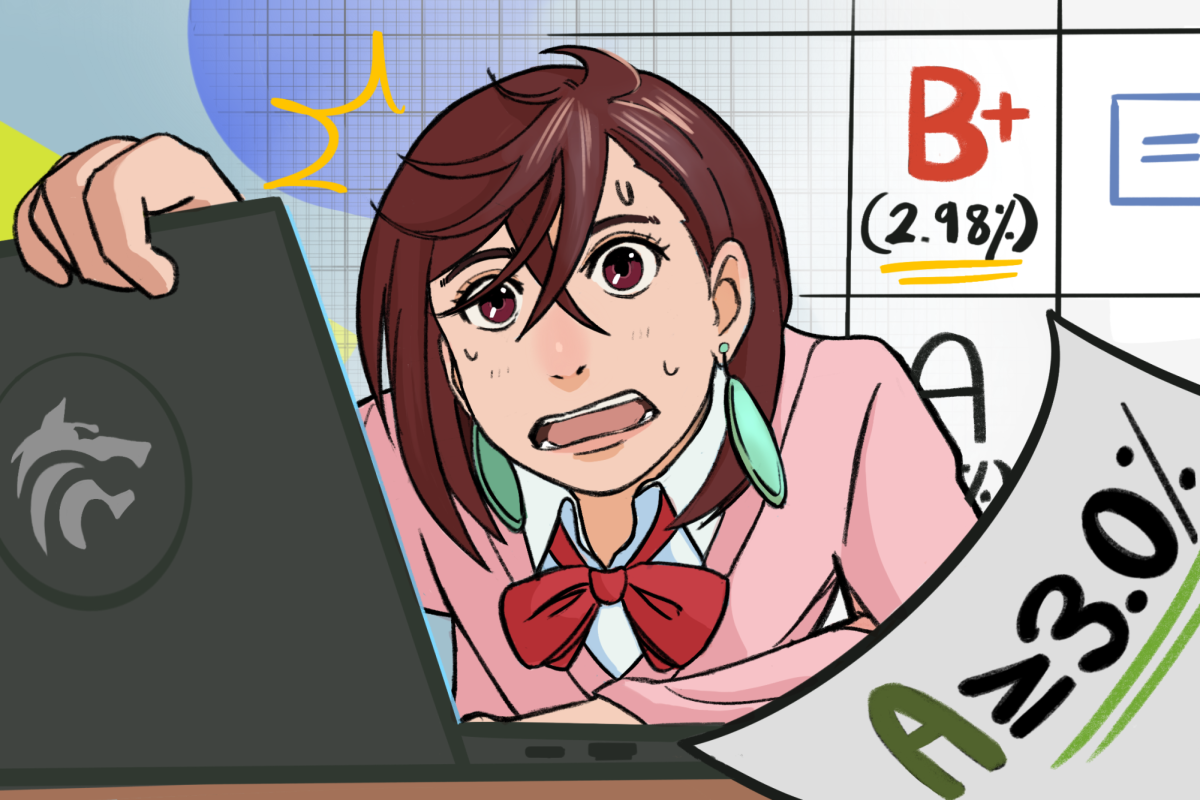Over the years and various trend cycles, Brandy Melville has consistently maintained its relevance as the go-to brand for quintessential “cool girls,” while catering exclusively to white, rich and skinny girls. As the chain store tries to step in the right direction, it’s been debated whether it’s really made the changes necessary to include all women and demographics. The truth can be seen in deconstructing the brand’s marketing tactics.
On Brandy’s website, items are advertised through amateur photography, reminiscent of iPhone candids that anyone could take. This non-curated aesthetic makes the clothes (or more so, the models) effortlessly pretty, but women of color models are almost never found on the website. A deeper dive also reveals that models with darker skin tones are never shown with their faces, unlike their white counterparts.
In the Business Insider article “Brandy Melville: Behind the Scenes at the ‘Evil’ Fast-Fashion Empire,” 32 current and former employees explained that race plays a factor in CEO Stephan Marsan’s vision. Former store owner Franco Sorgi said to Business Insider that Marsan did not hire black workers because he thought they would corrupt the delicate nature of the clothes. The brand’s laidback appearance therefore denies true inclusivity, something that a few models of color cannot erase.
Brandy’s prices are another point of contention. The brand is recognized as fast fashion, with an untraceable business model and no sustainability plan. These factors combined lead to it having a “We Avoid” rating on the sustainability rating website Good On You. Despite the cost cutting that this poor rating implies, Brandy’s prices have a huge difference compared to other “We Avoid” brands like Shein and Forever 21. The latter are at least praised for maintaining a diverse size range, but Brandy’s warehouses operate with more concern about keeping up with trends than with people.
In HBO’s expose documentary about the brand, “Brandy Hellville,” an employee recalls a dupe of the pair of pants she owned from a different brand being released by Brandy a few weeks after she wore them. According to Tech Packer, a business that creates samples for clothing companies, producing this dupe could have taken months to sustainably create. The accelerated release would be most detrimental to factory employees as they work overtime to meet quotas, gathered in cheap Pronto Moda factories that more resemble sweatshops. As these underpaid employees are forced to work, customers end up paying for an inevitably less valuable product, all due to the demanding business model.
Brandy’s biggest step in the “right” direction has been in the changes it made to its sizing. Famous for being one-size-fits-all, the brand made its standard sizing larger, allowing some shoppers to wear items that didn’t fit them before. However, this change was undisclosed and as the old sizes are no longer available, customers who fit the styles previously are now alienated. Regardless of what size the clothes become, Brandy is known for having skinny customers. With a website and multiple social media accounts full of slim models and employees, the brand reinforces toxic and traditional beauty standards that damage the self confidence of its consumers.
For all its faults, customers of Brandy Melville come back for one thing: the classic designs that couldn’t be tainted by the company’s reputation. Even former employees in “Brandy Hellville” admit that they’ll miss the styles with their pledge of never buying from the brand again. Are they still cute, however, knowing that many are ripped off from other creators? Along with the aforementioned pair of pants, “Brandy Hellville” featured anecdotes of employees incentivized to hand over their clothes so they could be replicated–unless, that is, they were a woman of color, who wouldn’t be offered anything in return. These artists or inspirations were never credited, such as in the case of graphic artist @xuhxyn on Instagram, who called out the brand in 2017 for copying their entire sketch. With the context of these instances, it becomes increasingly clear that any creativity Brandy Melville seems to have is co-opted from the minds of independent creators and the adoration of fans.
The pitfalls of the brand are important to recognize in order to make intelligent purchases. By finding styles through more ethical means, consumers no longer play a part in the dynamic of giving so much to a company that gives them so little. Glassons and LA Apparel are examples of two companies with more eco-friendly business models, but the most sustainable and fulfilling way to shop is to get clothes second hand. When you find an item in the thrift store, there’s no expectation for who it should be worn by; there’s an element of coolness that, with all the messiness under its sterile aesthetic, Brandy lacks. After all, are the cool girls really “for” Brandy if it doesn’t attempt to include all of them?




















































